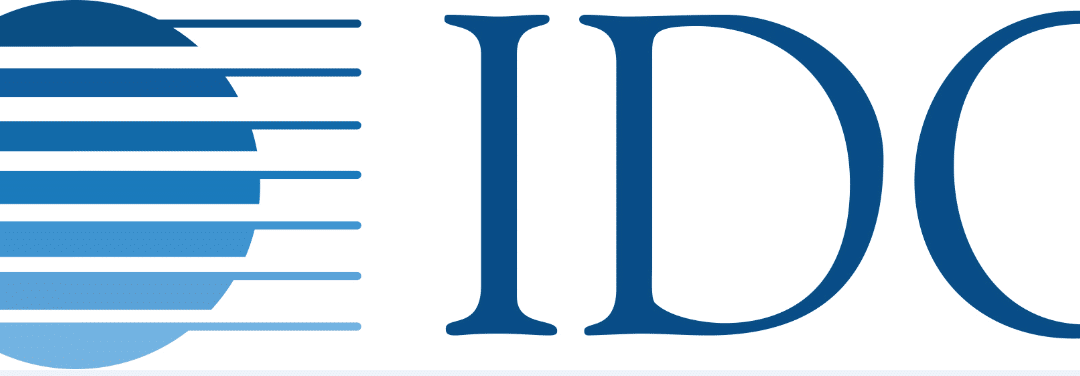The only way for today’s chief information officer (CIO) to remain relevant and secure their seat at the boardroom table is by harnessing their business skills and suggesting ways for the organisation to increase its effectiveness in the market through the use technology. According to Mark Walker, associate vice president of Sub-Saharan Africa at International Data Corporation (IDC), the assumption that the CIO automatically qualifies for a seat on the board and various management committees is no longer valid.
“All organisations need technology, but in a lot of instances the line-of-business leaders already have a very clear view of what technology is out there and how they can potentially harness it to increase their own efficiency and effectiveness in the marketplace,” says Walker. “So, the role of the CIO has gone from pretty much a very technical and tactical role to having to retain those skills. At the same time, they are expected to understand the complexities of running a modern business.”
Considering this shift in the role of the CIO, the traditional KPIs associated with the role must be revised. “KPIs such as uptime, average hours to close tickets, and containing the impact of critical outages will still be important, but if those are the CIO’s only metrics, then their role in the organisation is more that of an IT manager,” continues Walker. “If their aspiration is to be more strategic, be involved in top-level executive decision-making, and contribute in that respect, but their KPIs reflect up-time, lead-time to repair, and those kinds of things, then there’s a fundamental problem. I’ve seen some organisations where the CIO title is now being used by what would be, in the old days, considered an IT manager. There has been a lot of title inflation and that is problematic.”
Walker says that while CIOs must still cover those bases and remain accountable and responsible for the technology within the organisation, this includes more than just the computing technology: “Today, it includes social media platforms, connectivity, and anything that relies on a technology capability to fulfil a business function. Additional KPIs that relate to the various lines of business also need to be incorporated. The different lines of business have very specific KPIs and those need to be aligned to the CIO’s metrics where technology is required to fulfil those functions.”
He goes on to say that although a lot of the day-to-day activities to keep the lights on and negotiating with suppliers will remain, many of those responsibilities – including software development – would be delegated to responsible people within their teams: “The rest of the CIO’s day should be spent on meeting with technology communities, seeing what new technologies are on the horizon, and understanding the impact thereof on their organisation going forward, especially from a line-of-business point of view.”
Walker adds that if he was a CIO, he would have three priorities every day: “The first would be to make sure that the lights do, in fact, stay on, as that will always remain an important function. Secondly, I would keep an eye on what is coming over the horizon in terms of technology that will impact the business I am in. And the third thing would be meeting with the heads of business or the lines of business that are using technology and making sure I understand what their expectations are, suggesting to them – based on my view of the future – what things they should be thinking about and how these are going to impact their business. That way, they will be fulfilling a much more forward-looking and strategic role.”
If CIOs are not already doing the latter two and don’t have a clear technology appreciation and roadmap of what the future looks like, translating that into what it means for the business through conversations with the lines of business, then Walker believes they are, in effect, an IT manager: “If the CIO sees a new technology coming over the horizon, interprets and assesses what its impact is going to be on the organisation, both positive and negative, only then will they truly add value to the organisation and secure their position as CIO.”


